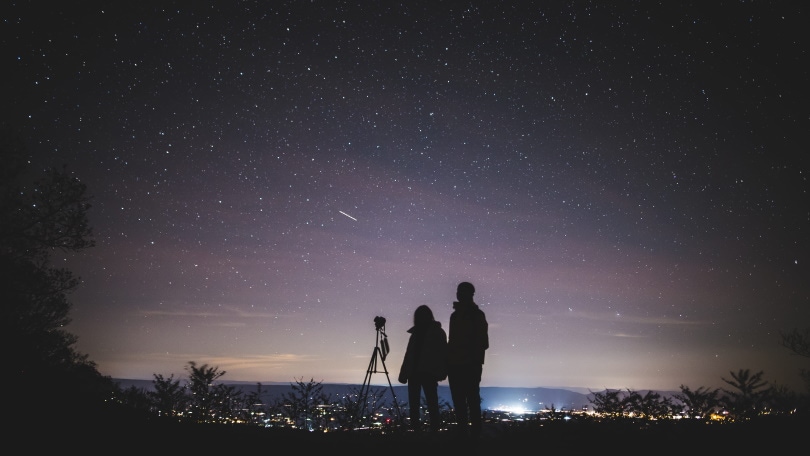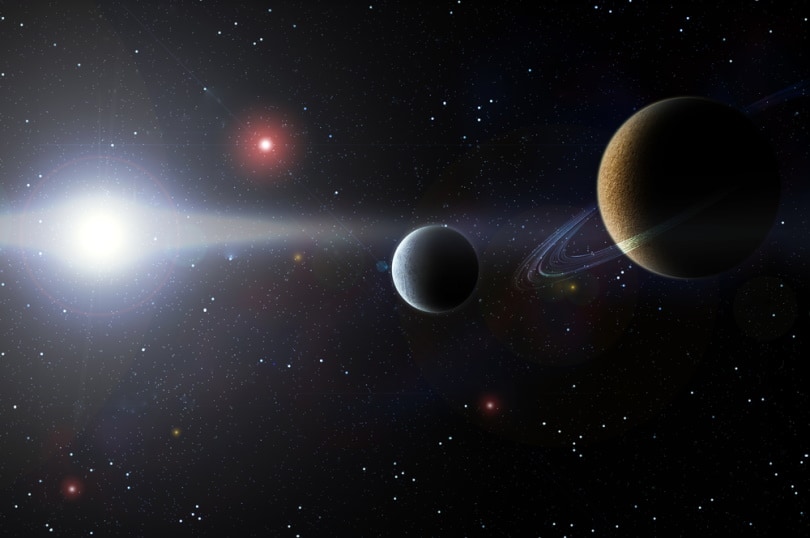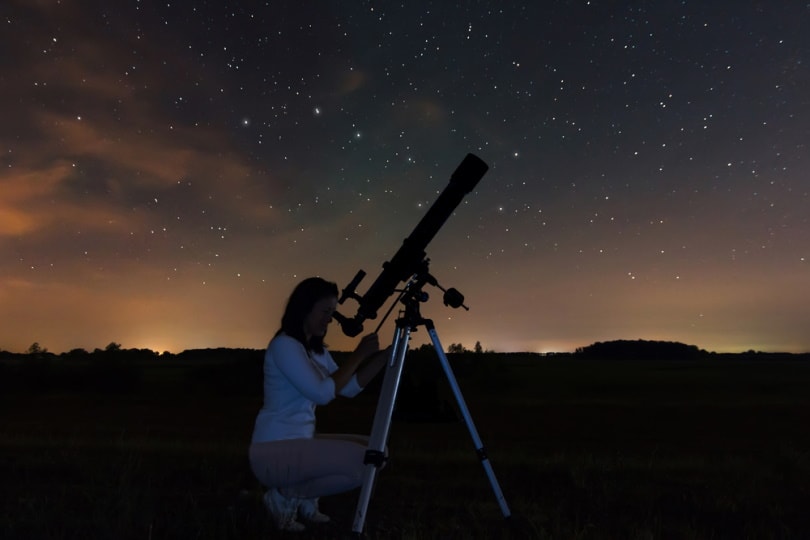Are Stars Planets? The Interesting Answer!
Last Updated on

Although we’ve discovered many fascinating things about space, stars and planets seem to be the most commonly discussed. Some people may ask themselves, “Are stars planets?” This may be due to the fact that we can see both planets and stars in the sky, but they all look similar. Despite this, stars and planets are not the same, as they have fundamental traits that differ in extremes.
We’ll go over more of this point in detail in this article.

Differences Between Stars and Planets
Compared to planets, stars are incredibly hot and are usually much larger in size (with some exceptions). Stars produce light, which is the fundamental source of energy that allows organisms to live. Planets only collect light that originates from their star rather than producing their own.
Planets are capable of being ice-cold, with a huge variety of processes that differ depending on their distance from a star. They may be made of a mixture of solids, liquids, and gasses or just one state of matter. Also, planets almost always orbit a star, rather than the other way around.

Another thing that separates planets from stars is the fact that there is no surface on a star. It’s so hot there that the primary state of matter is only gas. This is due to the extreme high-pressure environment inside the star, creating an unimaginable amount of nuclear fusion. Planets can’t create nuclear fusion because there isn’t enough pressure to do so.
Stars and planets have some noticeable differences when you look at them in the sky. Stars have a distinct “twinkle” and seem to move. In contrast, planets appear stationary and seem very large compared to stars. This is because they are much closer than the stars we see in distant solar systems. That’s why the movement of a planet becomes more apparent if you view the night sky on multiple occasions. They will actually move over time, whereas stars will be in the same place every night. We can still see the same star constellations that ancient civilizations named long ago.
Similarities Between Stars and Planets
Although there may be more differences than similarities between stars and planets, there are still a few characteristics that make them seem similar.
Both of these celestial bodies are spherical, which is caused by gravity. Square planets and stars do not exist, as it goes against basic laws of science. Even moons are ball-shaped, as most things in the universe seem to follow this principle.
With a few exceptions, it should be noted that there are rarely any planets without stars. Stars are the heart of pretty much every solar system, as the Sun is with ours. This means that stars and planets are generally quite close to each other.


Conclusion
We hope that you learned more about stars and planets! Despite our previous statement about their lighting in the sky, when it comes to their appearance, they both look incredibly similar. This is why it can be difficult for stargazers to know whether or not the “star” in the sky is a star or a planet.
Featured Image Credit: Piqsels
About the Author Robert Sparks
Robert’s obsession with all things optical started early in life, when his optician father would bring home prototypes for Robert to play with. Nowadays, Robert is dedicated to helping others find the right optics for their needs. His hobbies include astronomy, astrophysics, and model building. Originally from Newark, NJ, he resides in Santa Fe, New Mexico, where the nighttime skies are filled with glittering stars.
Related Articles:
Can You Use Binoculars to Look At Stars? How to Choose the Right Pair
15 Crucial Facts About Ultraviolet Rays & the Sun
What Constellation Is Spica In? The Interesting Answer!
10 Interesting Leo Constellation Facts, Myths, and FAQs
15 Interesting Pegasus Constellation Facts, Myths, and FAQs
6 Interesting Sagittarius Constellation Facts, Myths, and FAQs in 2024!
What Are Constellations? Where Did They Come From?
8 Interesting Libra Constellation Facts, Myths, and FAQs
